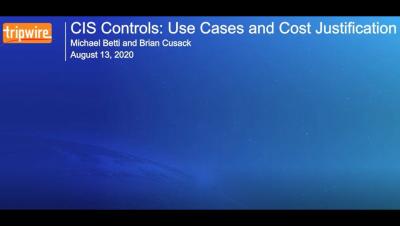Reducing the Impact of False Positives on Your Resource Workload and Fraud Investigation Speeds
Payment fraud is exploding. So are false positives, customer friction and investigation costs. Unfortunately, as customers continue to pull us down the river of rapid digital transformation, traditional fraud detection systems are being left in the sand.










